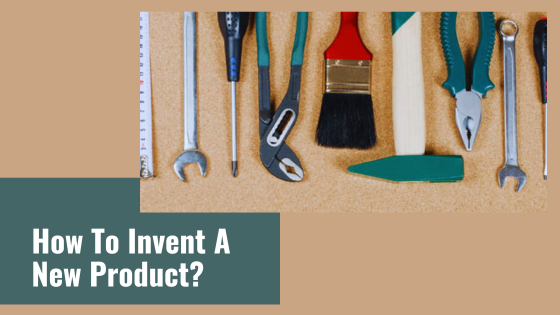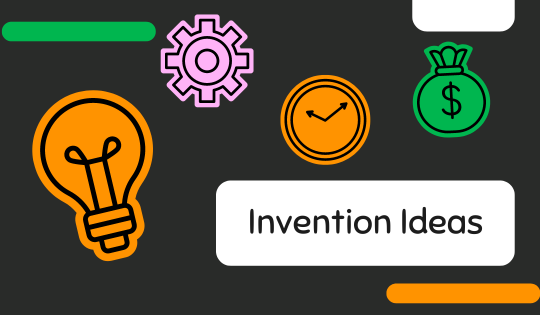Embarking on the journey to patent your invention can be a daunting task. The patent process can be time-consuming, but with the right preparation, you can increase your chances of success and minimize delays.
Evaluate the Feasibility of your Idea
Before diving into the patenting process, take a moment to assess the feasibility of your invention. Consider these factors:
- Market viability: Does your invention solve a problem or meet a need in the market? Is there a demand for it? Who would be the potential customers?
- Technical feasibility: Is your invention technically sound? Can it be made or used as intended?
- Cost-effectiveness: Is the invention cost-effective to manufacture or produce? Would the production cost be viable for market prices?
- Unique Selling Point (USP): What sets your invention apart from other competing products or solutions?
Conduct a Patent Search
A thorough patent search is critical to ensuring your invention is genuinely novel and non-obvious. A patent search involves examining existing patents, patent applications, and published literature to confirm that your invention has not already been patented.
This step can be time-consuming, but it is crucial in avoiding wasted efforts on an invention that cannot be patented. You can conduct a patent search yourself, but it is often helpful to seek the assistance of a patent professional or use specialized patent search databases.
Keep Detailed Records
As you prepare your invention for patenting, be sure to document everything. Maintain accurate records of the development process, including:
- Drawings and sketches of your invention (with dates)
- Descriptions of the novel aspects or features
- Evidence of initial concept and subsequent modifications or improvements
- Test results or prototypes demonstrating the invention’s functionality
- Dates and descriptions of discussions with others regarding your invention
These records can be invaluable when drafting your patent application and providing evidence to support your claims.

Determine the Type of Patent
It is important to identify the appropriate type of patent for your invention. Patents are generally categorized into three types:
- Utility patent: This type of patent covers new and useful processes, machines, articles of manufacture, compositions of matter, or any new and useful improvement thereof.
- Design patent: A design patent protects the unique visual appearance, shape, or configuration of an object, rather than its function or utility.
- Plant patent: This type of patent covers a distinct and new variety of asexually reproducing plants.
Understanding which type of patent applies to your invention will help streamline the application process.
Work with a Patent Professional
While it’s possible to navigate the patent process on your own, it can be immensely beneficial to work with a patent professional, such as InventHelp.
InventHelp professionals can:
- Offer guidance and recommendations for your invention’s development and patenting
- Conduct or assist with patent searches
- Prepare and file the patent application on your behalf
- Address any questions or concerns raised by the patent examiner
- Ensure your patent claims are drafted to adequately protect your invention
Hiring a patent professional can significantly increase the likelihood of securing a patent and help avoid costly mistakes.
What should I prepare before contacting InventHelp? In order to better assist you, InventHelp professionals will need certain information about your invention. Some of this information can be obtained from third parties, but it’s important that you provide as much detail as possible.
Be Prepared for a Lengthy Process
Patenting an invention isn’t a quick process. It generally takes between 1 to 3 years (or longer, in complex cases) from the initial application to the granting of the patent. Be prepared for a lengthy journey and have realistic expectations about the time it will take to secure your patent.
Can I just sell my invention idea? It’s possible to sell your invention idea, but it’s not recommended. If you do decide to sell your idea, be sure that you have a written contract stating the terms and conditions of the sale.
Summary
Preparation is crucial when it comes to invention patenting. By evaluating your invention’s feasibility, conducting a thorough patent search, keeping detailed records, determining the right type of patent, working with a patent professional, and setting realistic expectations about the time it will take, you’ll be well on your way to successfully patenting your invention.





